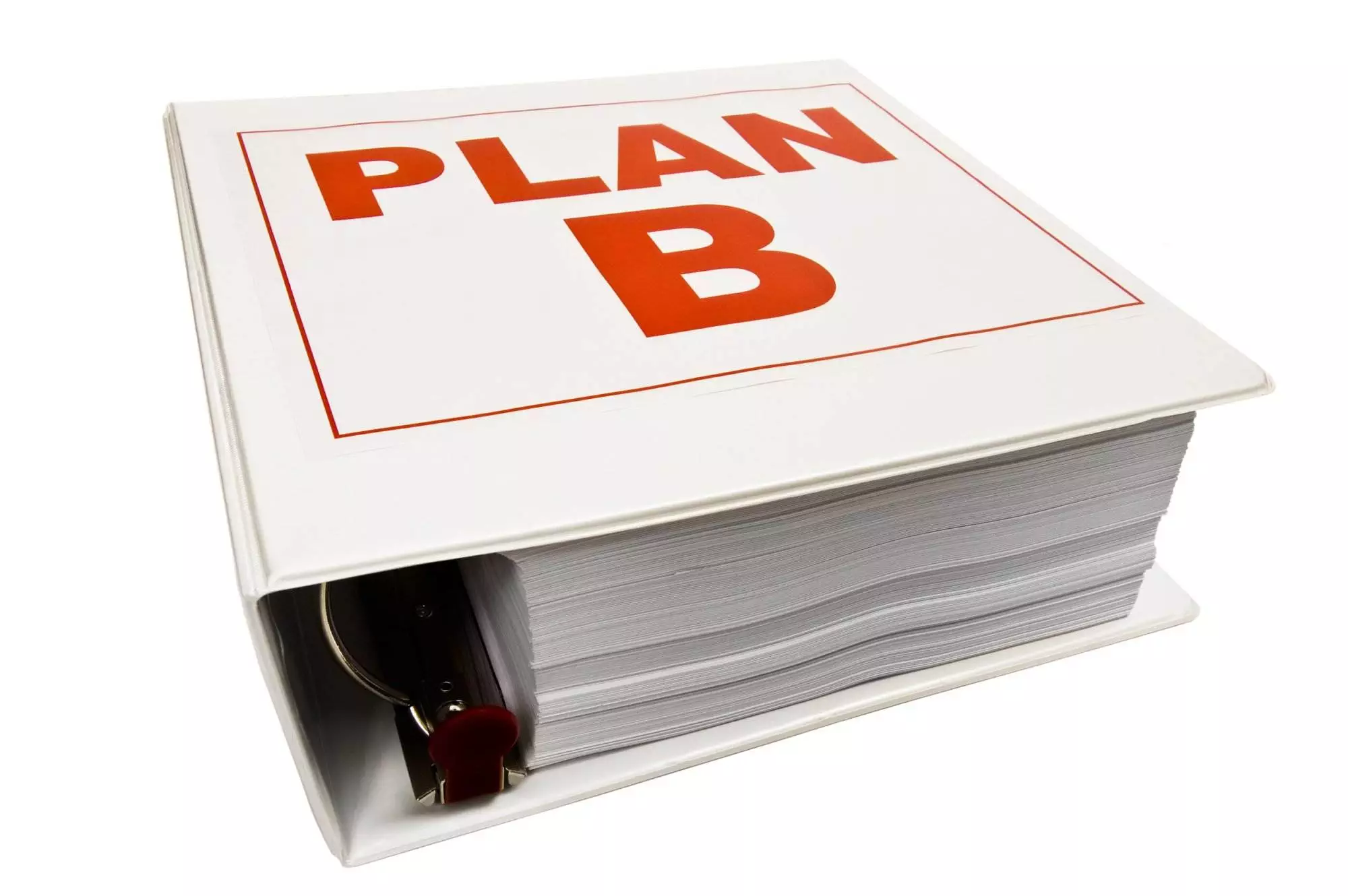
From Chaos to Clarity: How to Use a Wheel of Life Template to Get Your Life on Track
Do you ever feel like your life is spinning out of control? Like there’s too much going on and not enough time or energy to manage it all? If so, you’re not alone. Many people struggle with managing their busy lives, and it can be easy to get overwhelmed by the chaos.
Luckily, there’s a simple tool that can help you gain clarity and take back control of your life: the Wheel of Life template. In this blog post, we’ll explore everything you need to know about using a Wheel of Life template to get your life on track.
Introduction to the Wheel of Life Template
The Wheel of Life is a visual representation of different areas of your life, divided into sections such as career, finance, relationships, health, personal development, and more. Each section represents an area of your life that needs attention, and each segment of the wheel corresponds to how well you are doing in that particular area. By creating a Wheel of Life, you can quickly see where you may be struggling and identify areas for improvement.
Benefits of Using a Wheel of Life Template
There are many benefits to using a Wheel of Life template, including:
Gaining perspective: The Wheel of Life allows you to step back and look at your entire life holistically, rather than focusing solely on one area. This helps you understand how different parts of your life impact each other.
Identifying priorities: When you create a Wheel of Life, you have to decide which areas of your life are most important. This helps you focus on what truly matters and make decisions based on those priorities.
Setting goals: Once you’ve identified areas for improvement, setting specific goals becomes easier. You can use the Wheel of Life to set achievable goals and track progress over time.
How to Create Your Own Wheel of Life Template
Creating your own Wheel of Life is surprisingly simple! Here’s how:
1. Draw a circle on paper or open up a new document on your computer.
2. Divide the circle into eight segments (or however many sections you want). These will represent the different areas of your life.
3. Label each segment with a category that represents an aspect of your life, such as Career, Finances, Relationships, Health, Personal Development, etc.
4. Assign a score to each segment based on how well you think you’re doing in that area. For example, if you feel like you’re rocking your fitness routine, give yourself a high score for Health. But if you’re feeling stressed about work, give yourself a lower score for Career.
5. Color in each segment according to its score. For example, you might color in the Health segment green if you gave it a high score, but yellow or red if you gave it a low score.
6. Step back and examine your Wheel of Life. What does it tell you about your overall level of satisfaction with different aspects of your life? Are there any surprises?
Examples of Successful Wheel of Life Templates
Take a look at these examples of successful Wheel of Life templates to inspire your own creation:
1. Marie Kondo’s Wheel of Joy: Organizing guru Marie Kondo created her own version of the Wheel of Life called the “Wheel of Joy.” It includes categories such as Work, Love, Family, Friends, Hobbies, and Self-Improvement. She encourages readers to assign a numerical value to each category based on how joyful they feel in that area.
2. Tony Robbins’ Wheel of Life: Motivational speaker Tony Robbins uses a similar approach when he talks about his “Life Wheel” concept. He divides life into six main areas: Physical Body, Emotions, Mental, Spiritual, Social, and Financial. Each area gets a rating from 0-10, with 10 being excellent and 0 being terrible.

Conclusion
By creating a Wheel of Life template, you can gain valuable insights into your life and start making changes to improve your overall happiness and fulfillment. Whether you choose to follow Marie Kondo’s lead or adopt Tony Robbins’ approach, the key is to find what works best for you and use it to guide your decision-making process. Remember, taking care of yourself and finding balance in life is essential for long-term success and happiness.